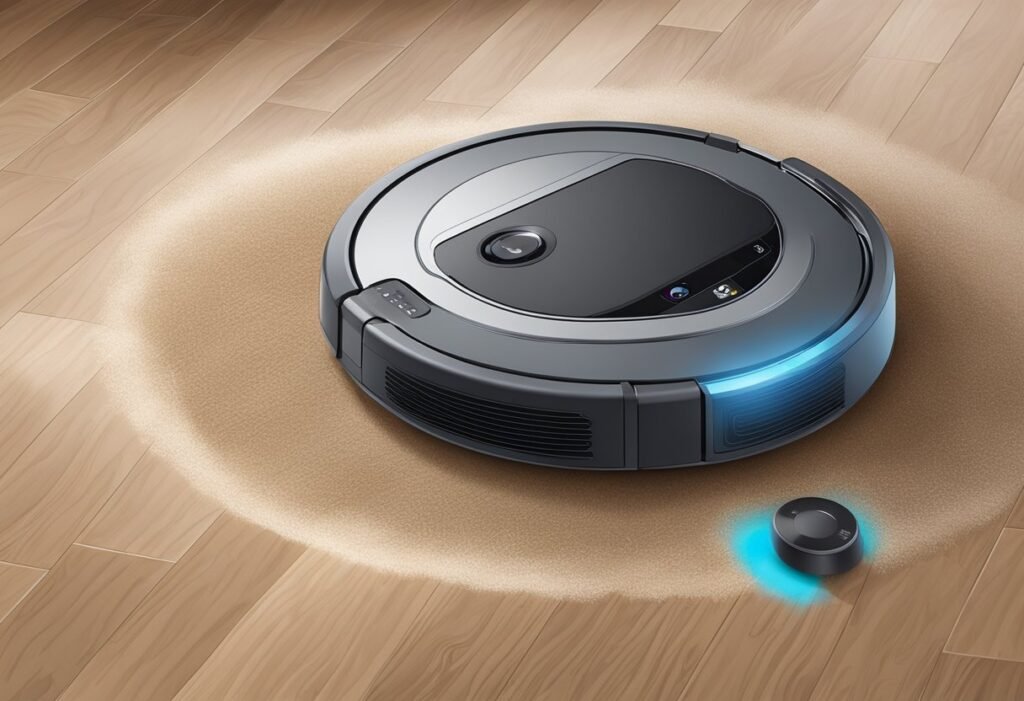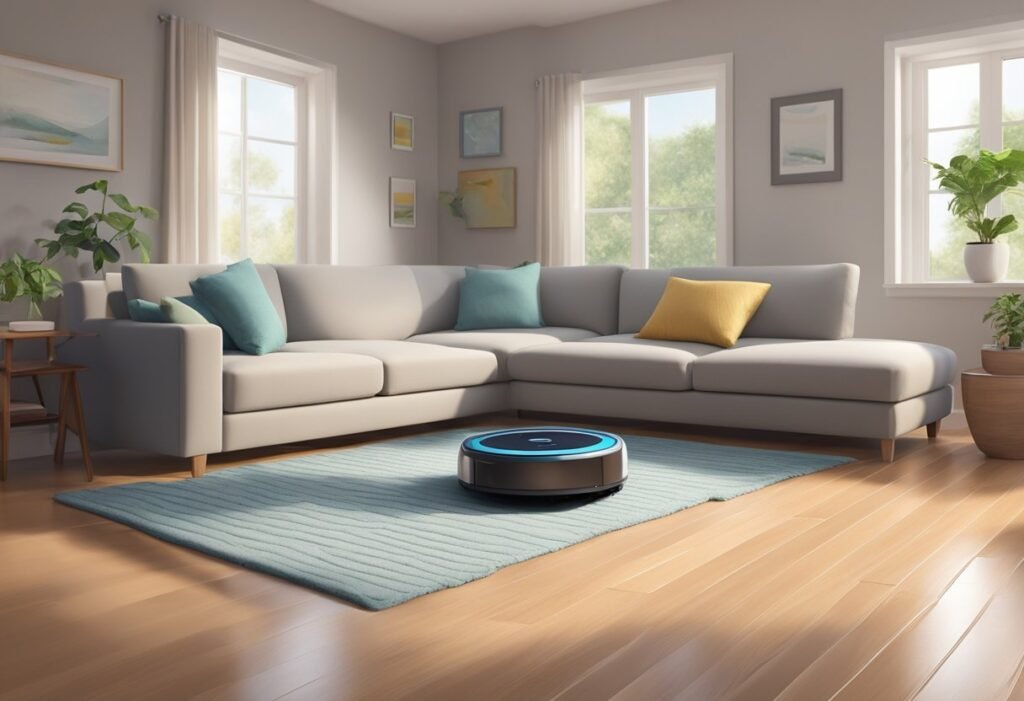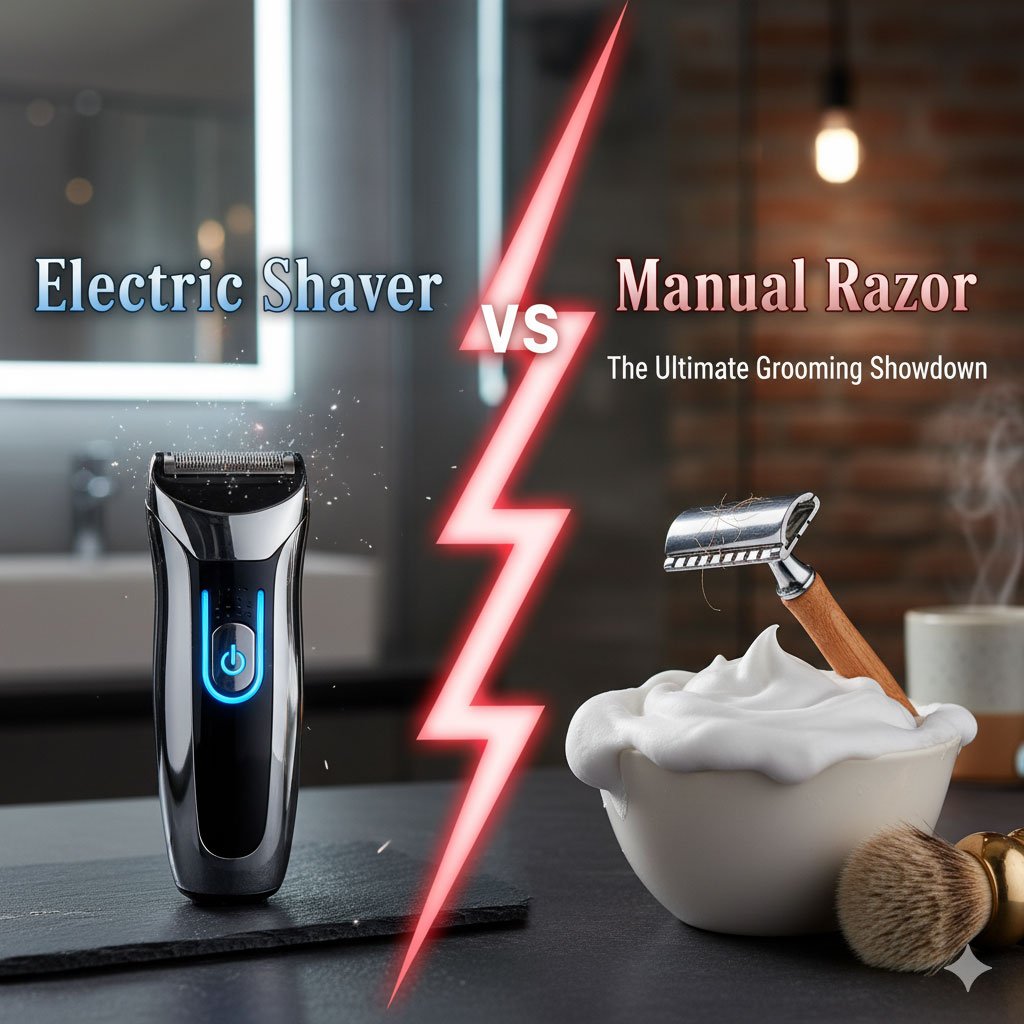Are you tired of spending your precious time sweeping and vacuuming your floors? Do you want to know if robot vacuums can replace your traditional vacuum cleaner? Robot vacuums have been around for a while, but their effectiveness has been a topic of debate. Here, we will explore whether robot vacuums work and if they are worth the investment.
Robot vacuums have come a long way since their introduction to the market. They are now equipped with advanced features such as mapping technology, voice control, and self-emptying dustbins. However, the question remains: do they clean your floors as well as a traditional vacuum cleaner? The answer is, it depends.
Robot vacuums are great for daily maintenance cleaning and can pick up dirt, dust, and pet hair. They work best on hard floors and low-pile carpets. However, they may struggle with deep cleaning and may not be as effective on high-pile carpets or rugs. It’s important to note that robot vacuums are not a complete replacement for traditional vacuum cleaners, but they can be a helpful addition to your cleaning routine.

Table of contents
How Robot Vacuums Work
Robot vacuums are autonomous cleaning devices that can clean your floors without any human intervention. They are equipped with various sensors and cleaning mechanisms that enable them to navigate around your home and clean your floors effectively. In this section, we’ll take a closer look at how robot vacuums work.
Sensors and Navigation
Robot vacuums use a variety of sensors to navigate around your home and avoid obstacles. These sensors include:
- Optical Sensors: These sensors use light to detect obstacles and navigate around them.
- Infrared Sensors: These sensors use infrared light to detect obstacles and navigate around them.
- Bumper Sensors: These sensors are located on the front of the robot vacuum and detect when the vacuum has bumped into an obstacle.
- Drop Sensors: These sensors detect when the robot vacuum is about to fall down stairs or off ledges.
Using these sensors, the robot vacuum can map out your home and create a cleaning path that avoids obstacles and covers every inch of your floor.
Cleaning Mechanisms
Robot vacuums use various cleaning mechanisms to clean your floors. These mechanisms include:
- Brushes: Robot vacuums have one or more brushes that sweep dirt and debris into the vacuum’s suction path.
- Suction: The vacuum’s suction path sucks up dirt and debris and deposits it into the vacuum’s dustbin.
- Filters: Most robot vacuums have filters that trap dust and allergens, preventing them from being released back into the air.
Battery and Power Management
Robot vacuums are typically powered by rechargeable batteries. The battery life of a robot vacuum can vary depending on the model and the cleaning mode being used. Some robot vacuums can clean for up to 120 minutes on a single charge, while others may only last for 60 minutes.
To conserve battery life, robot vacuums use power management systems that allow them to conserve energy when they’re not cleaning. Some robot vacuums will automatically return to their docking station to recharge when their battery is low, while others may simply shut off until they’re manually recharged.
Overall, robot vacuums are an effective and convenient way to keep your floors clean without any effort on your part. By using a combination of sensors, cleaning mechanisms, and power management systems, robot vacuums can navigate around your home and clean your floors effectively.
Effectiveness of Robot Vacuums

When considering the effectiveness of robot vacuums, it’s important to evaluate their performance on different surfaces, suction power and dust capacity, as well as their limitations and challenges.
Performance on Different Surfaces
Robot vacuums are generally effective on hard floors and low-pile carpets. They can efficiently navigate and clean these surfaces, providing a convenient solution for daily maintenance. However, they may encounter challenges with high-pile carpets and uneven surfaces, which can impact their overall performance.
Suction Power and Dust Capacity
The suction power of robot vacuums varies across different models. While they are suitable for picking up surface debris and light dirt, they may not match the suction power of traditional upright vacuums. Additionally, the dust capacity of robot vacuums is limited, requiring frequent emptying, especially in high-traffic areas.
Limitations and Challenges
Robot vacuums have limitations when it comes to cleaning corners, edges, and tight spaces. They may also struggle with obstacles such as cords, small objects, and transitions between surfaces. Additionally, they may require periodic maintenance to ensure optimal performance, including cleaning brushes and sensors.
Overall, while robot vacuums offer convenience and automated cleaning, it’s essential to consider their effectiveness based on specific cleaning needs and the layout of your living space.
User Experience and Convenience

Robot vacuums offer a high level of convenience to homeowners who want to keep their floors clean without putting in too much effort. However, before you invest in one, it’s important to understand the user experience and convenience factors associated with owning a robot vacuum.
Setup and Operation
Setting up a robot vacuum is a straightforward process. You’ll need to charge the unit and connect it to your Wi-Fi network. Once you’ve done that, you can use the accompanying app to set up a cleaning schedule and control the vacuum remotely. Most robot vacuums come with a range of sensors that help them navigate around your home and avoid obstacles.
Maintenance Requirements
Robot vacuums require regular maintenance to ensure they continue to function effectively. You’ll need to empty the dustbin regularly and clean the brushes and filters to prevent them from becoming clogged. Some robot vacuums come with self-cleaning brushes that make maintenance easier. You may also need to replace the battery or other parts of the vacuum over time.
Smart Home Integration
Many robot vacuums are compatible with smart home devices such as Amazon Alexa and Google Assistant. This means you can control your vacuum using voice commands or through an app on your smartphone. Some robot vacuums also come with mapping features that allow you to create virtual boundaries and customize cleaning schedules for different rooms in your home.
Overall, the user experience and convenience of owning a robot vacuum can be significant. With easy setup and operation, low maintenance requirements, and smart home integration, a robot vacuum can save you time and effort while keeping your floors clean.
Comparative Analysis
Robot Vacuums vs. Traditional Vacuums
When it comes to cleaning, traditional vacuums have been the go-to for many years. However, robot vacuums have gained popularity in recent years due to their convenience and ease of use. Robot vacuums are designed to clean your floors automatically, without any human intervention. They can navigate around your home, avoiding obstacles and cleaning every corner of your floor.
On the other hand, traditional vacuums require you to manually clean your floors. You have to move the vacuum around your home, plug and unplug it as you move from one room to another, and empty the dustbin when it’s full. This can be time-consuming and tiring, especially if you have a large home or multiple floors to clean.
Brand and Model Variations
There are many different brands and models of robot vacuums on the market, each with its own set of features and capabilities. Some of the most popular brands include Roomba, Shark, and Eufy. Each brand offers different models with different features, such as mapping technology, voice control, and automatic dirt disposal.
When choosing a robot vacuum, it’s important to consider your specific needs and budget. Some models can be expensive, but they may offer more advanced features and better cleaning performance. Other models may be more affordable, but they may not have as many features or be as effective at cleaning.
Overall, both robot vacuums and traditional vacuums have their pros and cons. Robot vacuums offer convenience and ease of use, while traditional vacuums offer more power and control. It’s up to you to decide which type of vacuum is best for your needs and cleaning preferences.
Consumer Considerations
When considering purchasing a robot vacuum, there are a few key factors to keep in mind. Below are some important considerations to help you make an informed decision.
Cost-Benefit Analysis
Robot vacuums can be a significant investment, ranging from a few hundred to over a thousand dollars. However, they can also save you time and effort in cleaning your floors. Before making a purchase, consider your budget and whether the cost of a robot vacuum is worth the convenience it provides.
Durability and Longevity
Like any appliance, the durability and longevity of a robot vacuum is an important factor to consider. Look for models with sturdy construction and strong suction power. Additionally, research the brand’s reputation for quality and reliability. Some models may require replacement parts or regular maintenance, so factor in these costs when making your decision.
Warranty and Support
When investing in a robot vacuum, it’s important to consider the warranty and support offered by the manufacturer. Look for models with a comprehensive warranty, including coverage for both parts and labor. Additionally, research the brand’s customer support options, such as phone or email support, online resources, and repair services.
Overall, a robot vacuum can be a valuable addition to your home, provided you take the time to research and consider your options. By weighing the cost-benefit analysis, durability and longevity, and warranty and support, you can make an informed decision that meets your needs and budget.
FAQ
How effective are robot vacuums at cleaning different floor types?
Robot vacuums are generally effective at cleaning different floor types, including hardwood, tile, and carpet. However, some models may perform better on certain types of floors than others. For example, some robot vacuums may struggle with deep-pile carpets, while others may excel at cleaning pet hair on hardwood floors. It’s important to research and choose a robot vacuum that is suitable for your specific flooring needs.
What are the common challenges robot vacuums face with thresholds and obstacles?
Robot vacuums can sometimes struggle with thresholds and obstacles, such as door thresholds or area rugs. Some models may get stuck or have difficulty transitioning from one surface to another. However, many newer models have advanced sensors and mapping technology that can help them navigate around obstacles and thresholds more effectively. It’s important to choose a robot vacuum with features that address your specific home’s layout and flooring.
Which robot vacuum brands are known for their durability and performance?
Several robot vacuum brands are known for their durability and performance, including iRobot, Neato, and Ecovacs. These brands have a reputation for producing high-quality robot vacuums that are effective at cleaning and built to last. However, it’s important to research and compare different models within each brand to find the one that best suits your needs and budget.
Can robot vacuums navigate around furniture without causing damage?
Most robot vacuums are designed to navigate around furniture without causing damage. However, it’s important to ensure that your furniture is arranged in a way that allows the robot vacuum to move around freely. Some models may have sensors that can detect and avoid obstacles, while others may have features like edge detection to prevent the vacuum from falling off stairs or ledges.
What are the main considerations when choosing the best robot vacuum for a home?
When choosing the best robot vacuum for your home, there are several key considerations to keep in mind. These include the type of flooring in your home, the size of your home, the presence of pets or allergy sufferers, and your budget. It’s also important to consider features like battery life, suction power, and scheduling options.
How do combined robot vacuum and mop systems compare to traditional cleaning methods?
Combined robot vacuum and mop systems can be effective at cleaning floors, but they may not be as thorough as traditional cleaning methods. For example, a robot vacuum and mop may not be able to clean hard-to-reach areas or deep-clean carpets as effectively as a traditional vacuum and mop. However, these systems can be a convenient and time-saving option for maintaining clean floors regularly.



